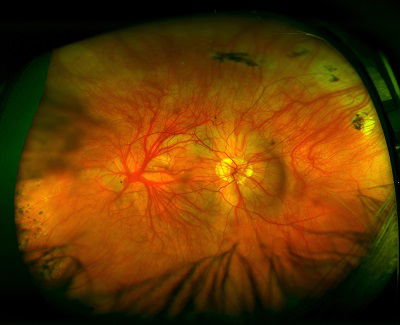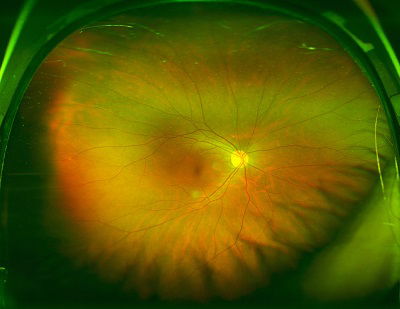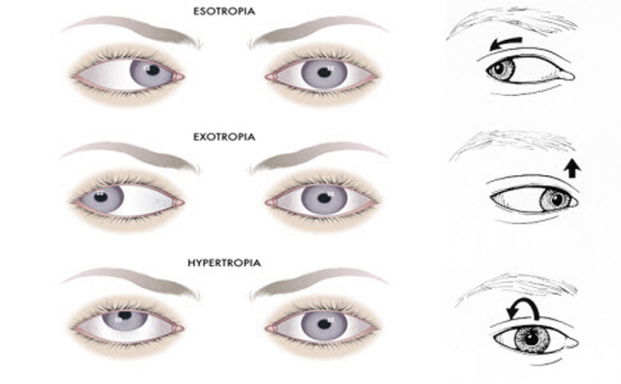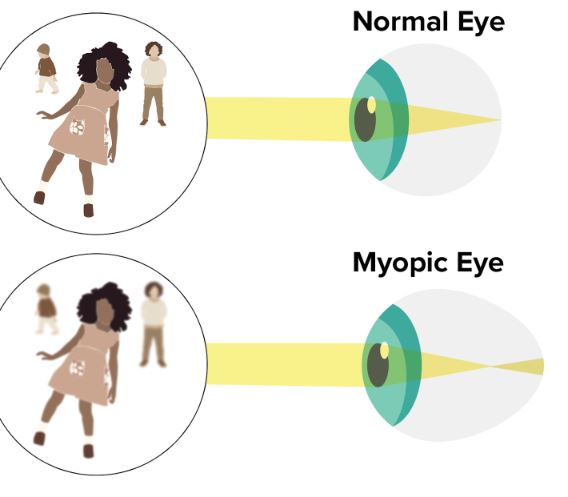Low Vision And Albinism
Albinism, a genetic condition manifested through the absence or reduction of pigmentation-melanin, comes in two folds: oculocutaneous albinism and ocular albinism. Oculocutaneous albinism affects the skin, hair, and eyes, resulting in minimal pigmentation. Ocular albinism on the other hand primarily affects the eyes, inherited in an X-linked fashion, with a higher incidence in men due to the genetic inheritance mechanism. In essence, since ocular albinism is X linked and males have only one X chromosome, men will require only one X chromosome with the albinism gene to manifest it while since females have two X chromosomes, if a woman has one X chromosome with the albinism gene, this would mean that they will only be carriers of the albinism gene.

Melanin, a crucial component for good eyesight and protection from the sun's rays, is deficient in individuals with albinism. this deficiency leads to low vision. The amount of pigment in the eyes varies from one individual with albinism to another, affecting the severity and types of eye problems they may experience. Notably, the absence of pigment in the retinal pigment epithelial cells between the retina and choroid creates a unique appearance in the retina and enhances the visibility of underlying blood vessels in the choroid hence the visibly light eyes of persons with albinism.

A picture of the retina of the eye of a person with albinism

A picture of the retina of the eye without albinism
The following are the types of visual problems that persons with albinism experience;
Visual Acuity
Visual acuity denotes the capacity of the eye to discern fine details in what an individual sees. It serves as a gauge for the clarity or sharpness of one's vision, often evaluated by reading letters on an eye chart. When assessing visual acuity, the benchmark is what a normal eye would perceive. In the context of individuals with albinism, even with corrective lenses such as glasses or contact lenses, achieving optimal visual acuity requires them to be in close proximity to objects. Best corrected visual acuity specifically measures the highest level of clarity achievable with corrective lenses. This emphasizes that, despite the use of corrective eyewear, individuals with albinism may still need to maintain a closer distance to objects for clear vision, highlighting the unique challenges they face in achieving visual clarity.
Light Sensitivity
Light sensitivity in individuals with albinism stems from the inadequate presence of pigmentation in their eyes, which normally serves as a natural shield against bright light. The deficiency in melanin, the pigment responsible for protection against light, poses a challenge for individuals with albinism in effectively absorbing light. Consequently, they often resort to squinting or closing their eyes to mitigate the discomfort caused by intense illumination. Recognizing this sensitivity, tinted glasses and sunglasses become invaluable tools, acting as a protective layer against the sun's brightness. By reducing the amount of incoming light, these specialized eyewear options offer individuals with albinism a means to alleviate the impact of their heightened light sensitivity, enhancing their visual comfort in various environments.

Nystagmus
Nystagmus, characterized by abnormal and involuntary rapid movements of the eyes - either side-to-side, up-and-down, or in a rotary motion—presents a unique challenge for individuals affected by this condition. Contrary to disappearing over time, nystagmus typically becomes less noticeable with age. Interestingly, those experiencing nystagmus do not perceive the movement of their eyes, contributing to the complexities of this condition. However, stress, nervousness, or fatigue can intensify the visibility of these eye movements,making the symptoms more pronounced, particularly in children.

Strabismus
Strabismus, a condition characterized by a muscle imbalance in the eyes, results in the misalignment and crossing of the eyes, commonly known as a "lazy eye." There are two primary forms of strabismus: esotropia, where the eye turns inward, and exotropia, where the eye turns outward. If left unaddressed, strabismus can lead to the weakening of vision in the affected eye, a condition known as amblyopia. Fortunately, strabismus is correctable through various interventions such as glasses, eye patches, and, in certain cases, surgical procedures. These corrective measures aim to restore proper eye alignment and prevent the potential loss of vision function in the weaker eye, necessitating the importance of timely intervention and comprehensive eye care for individuals dealing with strabismus, particularly those with albinism.

Delayed Visual Maturation
This is a phenomenon observed in a small percentage of children with albinism, wherein they exhibit no signs of active vision during the initial months of their lives. These children often do not make eye contact, and their eyes show minimal movement, such as tracking objects or individuals. However, according to parental observations, a positive shift occurs around the age of six months when these children begin to demonstrate actual eye usage and movement. This developmental progression denotes the variability in the visual maturation timeline for individuals with albinism, highlighting the importance of early monitoring and support to facilitate the emergence of visual capabilities in these children.
Myopia
Persons with albinism may also contend with myopia, a condition characterized by nearsightedness, requiring them to be in close proximity to objects for clear vision. Myopia in individuals with albinism is attributed to the unique challenges associated with their eye pigmentation and visual development. It's noteworthy that myopia is not exclusive to those with albinism; individuals without this genetic condition can also experience nearsightedness.

As we observe Low Vision Awareness Month, understanding the diverse visual challenges associated with albinism empowers individuals, caregivers, and healthcare professionals to adopt tailored strategies for improving vision and enhancing the overall quality of life for those affected by this genetic condition.